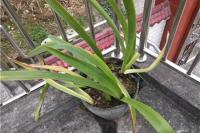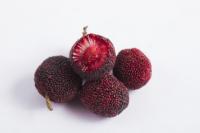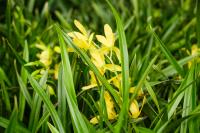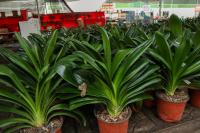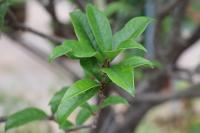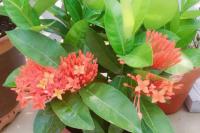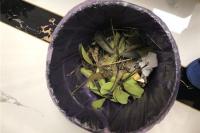1、 What if the leaves crack in the middle
1. Avoid direct sunlight: hupilan likes plenty of sunlight, but it can't stand the direct irradiation of strong light. Once exposed to the sun for a long time, it may cause the leaves to crack and turn yellow. Usually put it in a place with sufficient astigmatism to avoid the direct light of the hot sun
2. Proper watering: hupilan likes to grow in a dry substrate. Watering too much will lead to rotten roots and dry cracks in the middle of the leaves. If it is not watered for a long time, hupilan has no source of water, and the leaves may also dry and crack. Pay attention to reasonable watering in the breeding process, but control the amount of water
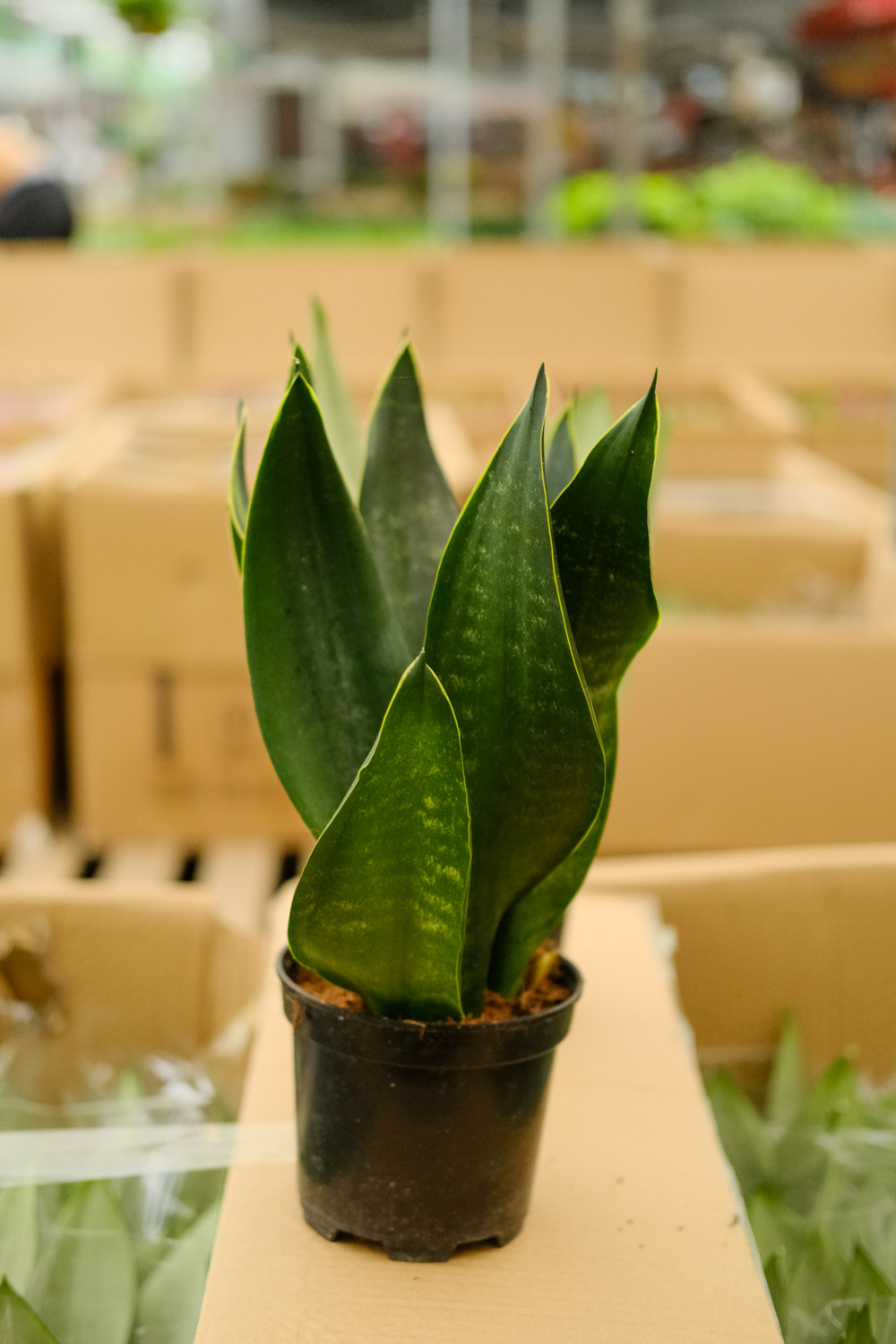
3. Waiting for metabolism: if it is accidentally broken during transplanting, the broken peripheral cells have died, affecting the beauty. You can wait for the later growth of the plant, you can gradually metabolize this layer of leaves and grow new leaves again
4. Ensure the temperature: hupilan likes to grow in a warm environment. If the surrounding environment is cold, it may also lead to dry and cracked leaves. To ensure the surrounding temperature, try to keep it above 10 ℃ in winter

2、 Can you recover
After the leaves of Cymbidium are disconnected from the middle, they can no longer heal to their original appearance, but measures can be taken to prevent such cracked leaves from appearing and promote the growth of new leaves
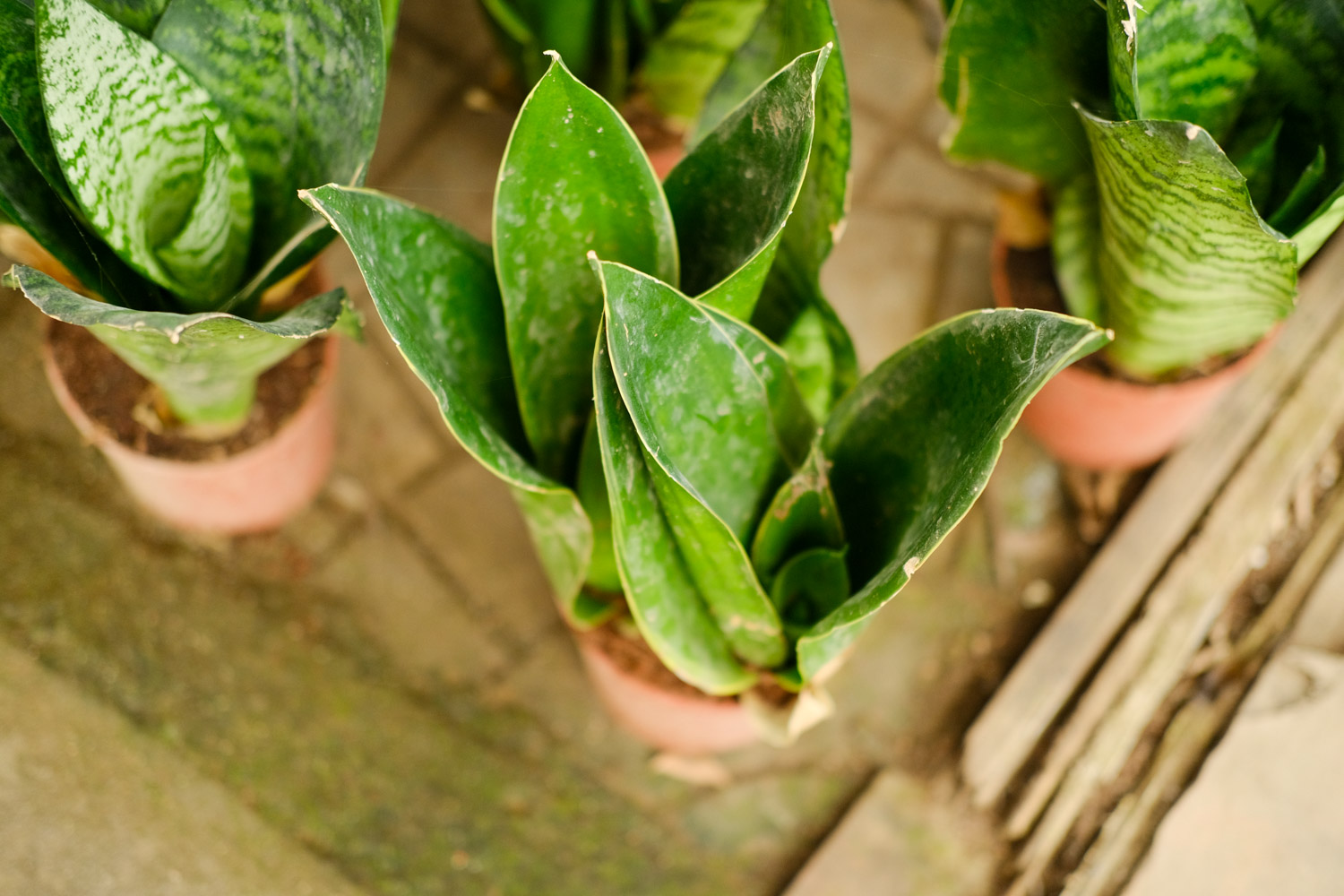

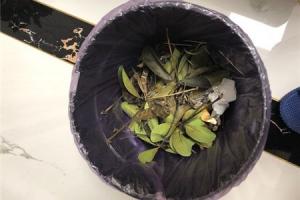 How and why does duc...
How and why does duc... How is Hydrangea lea...
How is Hydrangea lea...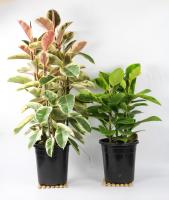 What if the rubber t...
What if the rubber t...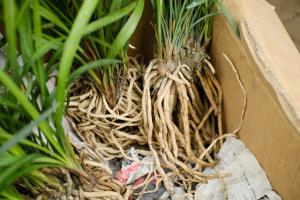 The reason of twist ...
The reason of twist ...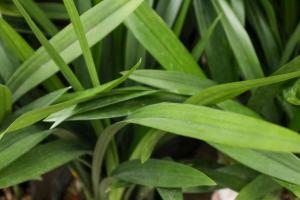 How does the leaf of...
How does the leaf of...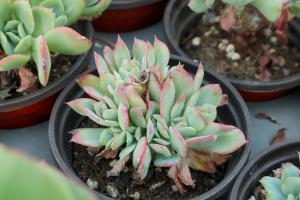 What's the reason fo...
What's the reason fo... What's wrong with th...
What's wrong with th...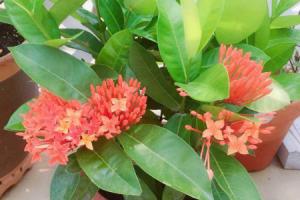 What's the matter wi...
What's the matter wi...

























